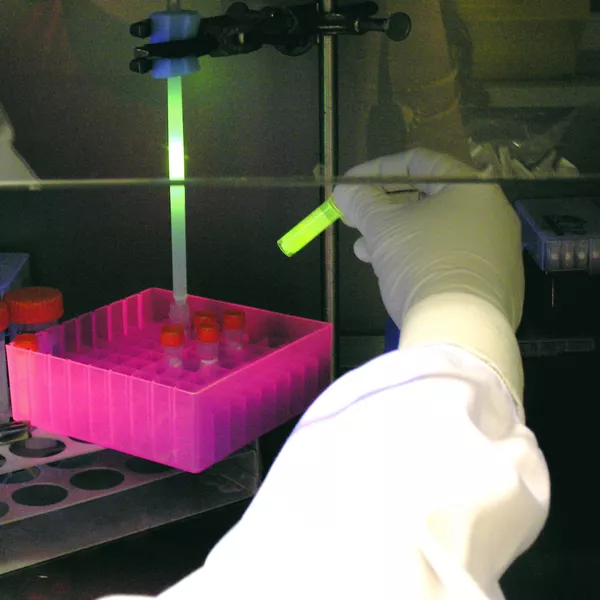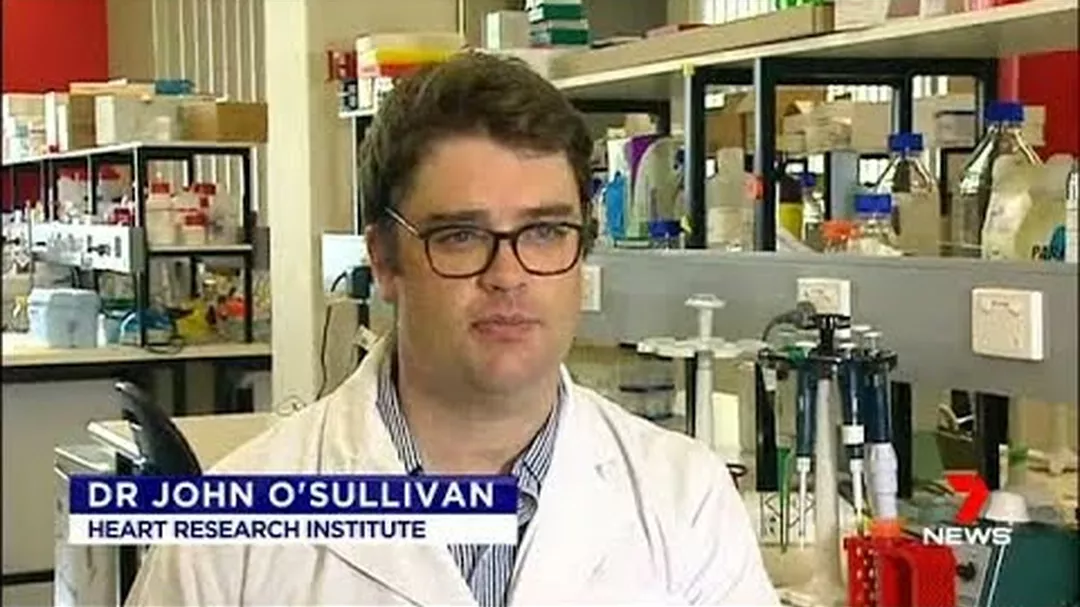
Australian researchers have developed a simple test to predict diabetes more than a decade before it strikes, a breakthrough that could help ease the impending diabetes epidemic.
A team at Heart Research Institute in Sydney have uncovered an important molecule found in liver fat that can identify who is most at risk of developing diabetes and other cardio-metabolic disorders like liver disease.
The find was published in the prestigious Journal of Clinical Investigation.
“Diabetes is a life-changing disease, and unfortunately by the time you’ve developed it a lot of the damage has already been done,” explains lead researcher Dr John O'Sullivan, Cardiometabolic Disease Group Leader at HRI. “So, it’s hugely exciting that we’ve discovered a way to predict those most likely to get the disease long before they’re actually diagnosed, sparing enormous suffering and cost.”
About 1.2 million Australians live with diagnosed diabetes, a serious life-long condition triggered when the body stops processing glucose properly. Obesity is often a precursor, and sufferers commonly go on to develop kidney disease or cardiovascular complications.
Currently there are no molecular markers to predict with certainty who will develop it, so Dr O’Sullivan and his team set out to find one.
Using CT scans, the HRI team measured liver fat in over 1000 people who were free from disease, but who were overweight and therefore at risk of developing metabolic disease such as diabetes. They also took blood from each patient, creating a map of more than 5000 molecules using a novel mass profiling technique.
“Using this new technique, we were able to identify over 200 molecules strongly linked to liver fat,” Dr O’Sullivan says. “Importantly, there was one particular molecule, dimethylguanidino valeric acid, or DMGV, that was elevated long before overt expression of diabetes. In fact, measuring the presence of this key molecule allowed us to predict up to 12.8 years in advance people who are on course to developing diabetes, irrespective of their ethnicity.”
Dr O’Sullivan explains just why a new pathway linking liver fat with diabetes is so significant.
In more good news, the test for levels of DMGV would be non-invasive, ultimately a simple blood test that indicates an individual’s level of diabetes risk.
The discovery may also benefit those who have already been handed a diagnosis. “We hope to use this same molecule to develop new drugs to fight the disease after it’s already set in,” the researcher says.
The team will now carry out further testing to establish more firmly if targeting this pathway can prevent diabetes or reduce its severity. The study was a collaboration between HRI and Charles Perkins Centre at The University of Sydney and Harvard Medical School and Massachusetts General Hospital in the US.
Related research areas



